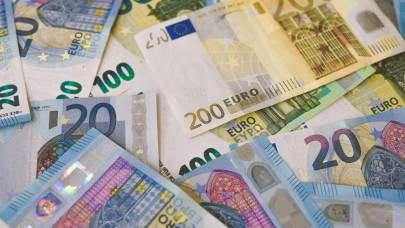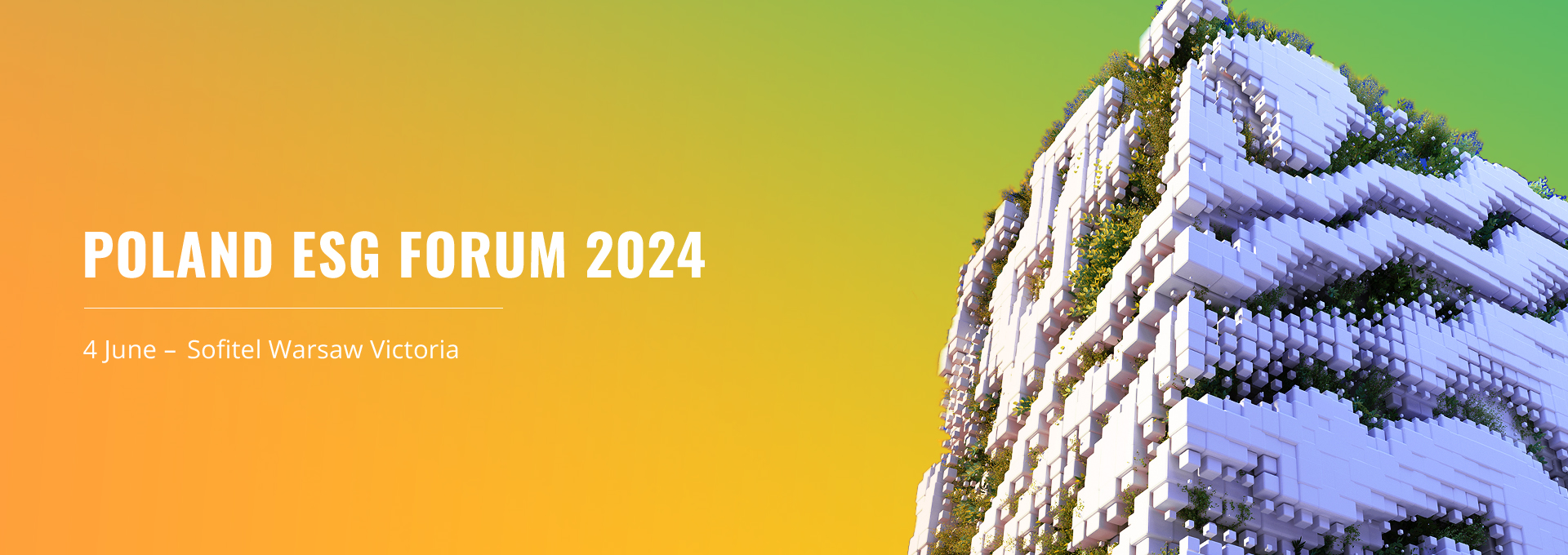An assessment was conducted to determine the depth of the geothermal reservoirs, expected temperatures, and the quantity of geothermal water. Based on this data, six locations were identified: Batajnica, Borča, Novi Beograd, Zemun, Resnik, and Miljakovac, and now more detailed research needs to be conducted.
"When I say potential, I mean that we have defined the estimated depths of the geothermal reservoir, the expected temperature of the geothermal water, and the quantity. And when we looked at it all, we got six of the most potential locations. These are heating plants in Batajnica, Borča, New Belgrade, Zemun, Resnik, and Miljakovac. These are the six locations where detailed research is planned to be carried out now," said Vranješova.
The ultimate goal is to define and measure the most potential, where the first exploratory well could be drilled in a year, which will then confirm that potential. She adds that it could be implemented very soon.
"Because the experiences from Europe are already well known. Let's say France, Germany, and the Netherlands, are countries that have been using such heating systems for decades. We in Europe now have 300 geothermal heating plants. Over five gigawatts of thermal power have been installed in these heating plants and 200 projects are in their infancy. And by 2030, it is expected that there will be 1,000 of them. It says enough that it is something that is known. The technology and application of geothermal energy in remote systems is nothing new. We have our own experts, that is, the Faculty of Mining and Geology, which has the potential to be able to carry out such a project in Belgrade as well," Vranješova points out.
According to her, in the second phase, a financial assessment of such profitability will be made, but, she adds, these are systems that have lower operating costs.
"You use your resource, you are locally available, stable, without any fluctuations. So, geothermal energy is available to us 24 hours a day. You don't have the influence of the atmosphere, any external influence that would disrupt the availability of resources, so you don't actually depend on gas imports," Vranješova points out.
For heating in apartments, the existing system with radiators could remain, while cooling would be a little more complicated.
"When we talk about cooling, of course, it is possible from geothermal resources, but that now implies the so-called 4G or 5G network of the district heating system in general. We are currently in the third generation, so of course we need to prepare in advance and do all the necessary documentation, first of all, evaluate the potential, and then plan for about ten years," says Vranješova.
In order to cool the apartments in this way, the existing installation system would have to be changed.
"But I believe that most of the new buildings would already start with such systems during the construction itself. You still need to plan for it and it is something that can happen tomorrow, but it has great potential. When it comes to geothermal energy, it is actually a renewable source that is inexhaustible. As long as there is a planet, there is also geothermal energy. I have mentioned all the benefits, and another one is that we do not emit harmful gases. There are practically no flaws," adds Vranješova.
Geothermal energy is used for heating open areas, it can be squares, and it can be road routes, especially those parts that are difficult to maintain - entrances and exits to tunnels, overpasses, bridges where ice, snow first forms, so you actually prevent the formation of that cover and thus keep them safe, says Vranješova.
"I have to mention that it is not only in the world, it is also here. Such systems exist. Trg on Zlatibor, Kraljev trg, has underfloor heating and a small part of the road planter, right on Zlatibor, at the entrance to the settlement," notes Ana Vranješ.











